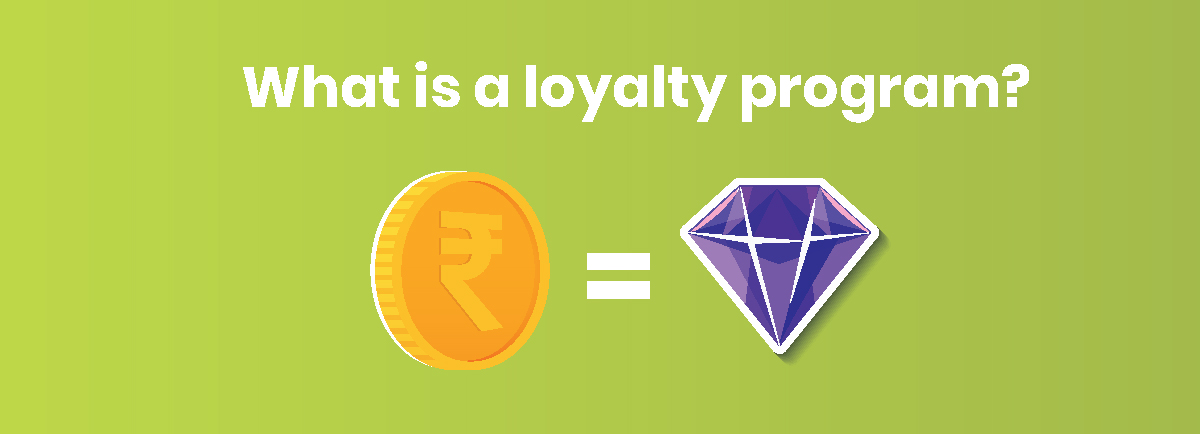
What Is A Loyalty Program?
29 June 2024 | By INDIE
With leaps in innovation and technology, customers today are spoilt for choice regarding products and brands. The competition has become fierce, and customers have an array of brands from which to choose. Companies may use a large chunk of their marketing budget to attract new customers. Still, it is also perhaps helpful to focus on existing customers and develop ideas to retain and engage them and build the brand's value. This is where loyalty programs come into play because if implemented successfully, they have the potential to increase the loyalty of their brands.
What Is A Loyalty Program?
Customer loyalty is when customers of your brand remain true and devoted to your brand through thick and thin. Thus, a loyalty program incentivizes these customers to repeatedly engage with your brand through discounts, free offers, and other incentives, encouraging them to become repeat customers.
How Do Customer Loyalty Programs Work?
A customer who has purchased a brand at one point may not do so again. Another potential customer might heartily recommend the brand through word of mouth but may not have bought anything himself. The idea of running a loyalty program is to attract and reward repeat customers, for which you will need to factor in discounts, early access, sales, and other such incentives. These involve costs, but the payoffs can be immense if successfully implemented.
● Customer Retention: People who find value in your brand will stay loyal to it longer. In other words, they won’t easily switch to another brand.
● More Customer Referrals: Word of mouth can immensely benefit a brand's growth. If customers are happy with the loyalty program rewards, their chances of recommending your brand to their family, friends, and acquaintances increase. More referrals carry the potential for more loyal customers.
● Better Sales: Loyalty programs engage customers, making them much more likely to keep doing business with a brand. This automatically translates into higher sales.
● Brand Advocacy: A highly effective loyalty program can make regular customers become advocates of the brand. In the long run, this might translate into a low-cost marketing strategy for companies rather than regularly having to dole out for paid advertisements.
Types of Loyalty Programs
The various types of loyalty programs are listed below:
1. Points-based Loyalty Programs: In these programs, whenever customers make a purchase, they receive reward points, which accumulate and are then redeemed for various free products, cashbacks, perks, and so on. These reward points are earned not only from purchases but also through customer referrals, on birthdays, by leaving reviews, or by sharing posts on social media sites.
2. Tiered Loyalty: programs are designed so that different customers get different benefits depending on how they are ranked. The metrics often used to make this differentiation are engagement levels, sales, and so on. Customers are enticed by setting goals, i.e., the higher the tier, the better and more exclusive the rewards they can receive.
3. Paid Loyalty Programs: Paid loyalty programs offer customers immediate benefits by asking for a participation fee that can either be recurring or one-time. The key here is to get substantial sign-ups, and for that, companies might have to provide value to customers.
4. Value-based Loyalty Programs: These programs focus on engaging with customers on a deeper level that is not just focused on rewards. For instance, companies might provide an option to donate a percentage of purchases to certain charities or welfare programs that align with the values of their customer base.
Also Read: Indie Youniverse Rewards
Customer loyalty programs have become more popular in recent years with the potential to improve customer loyalty and retention rates while also enhancing the value proposition. Companies must be innovative when designing their loyalty programs to ensure a steady rise in brand loyalty.
Disclaimer: The information provided in this article is generic and for informational purposes only. It is not a substitute for specific advice in your circumstances. Hence, you are advised to consult your financial advisor before making any financial decision. IndusInd Bank Limited (IBL) does not influence the views of the author in any way. IBL and the author shall not be responsible for any direct/indirect loss or liability incurred by the reader for making any financial decisions based on the contents and information.




